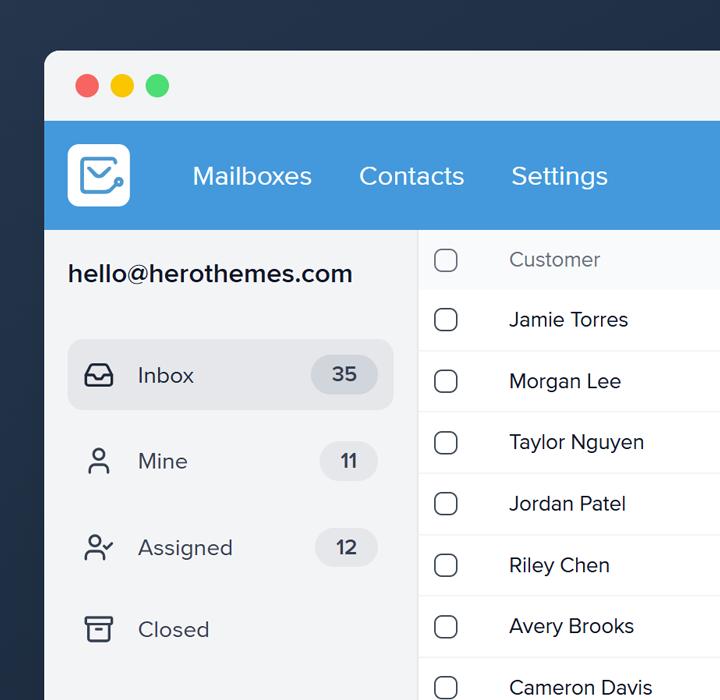Spotlight [Brand], partner on [Event Name]?
Invite the prospect’s brand to share the spotlight by placing both the brand and the proposed event side by side and asking a direct question.
Place the reader’s brand first to trigger the cocktail-party effect, then send the invitation midweek when sponsorship scouts are checking budgets.
This Subject Line Can Also Be:
- Ready for prime time, [Brand]?
- [Event Name] wants [Brand] on stage
- [Brand], headline our gala?
Idea to put [Brand] in front of 120,000 esports fans
Type
Audience‑centric, data‑driven sponsorship
Tone
Direct, numbers‑first.
Numbers grab the reader’s attention quickly. The word “put” feels effortless, so the reader senses low friction. I sometimes swap the metric for social reach, depending on the situation, yet the core formula remains evergreen.
Make sure your figure is realistic, add a niche tag—esports, fashion, or biotech—and avoid filler words. If 120,000 seems too round, use 118,642 for more credibility.
Secure your exclusive slot in our 2025 Sustainability Report
Type
Thought‑leadership, cause‑aligned sponsorship
Tone
Confident, time‑sensitive.
Securing a spot creates a sense of urgency, an exclusive slot creates a sense of scarcity, and a deadline grounds the message in the current year. Many eco‑minded sponsors want ESG visibility, so the promise of report placement feels tangible.
Tips
Pair the email with a preheader: “Early bird rate ends Friday.” Use this after the prospect has been engaged through several LinkedIn interactions; never use it as the first point of contact, or the exclusivity will lose its weight.
Quick win: co‑fund scholarships, cut marketing waste
Type: Benefit‑stacked, social‑impact sponsorship
Tone: Energetic, pragmatic.
Two verbs—co-fund and cut—offer upside and savings simultaneously.
Swap scholarships for micro‑grants or STEM kits to fit the campaign.
[Brand] x [Our Org]: community impact brief
Type: Co‑branding, nonprofit sponsorship
Tone: Collaborative, concise.
The simple “Brand x Org” format mimics fashion drops, sparking curiosity. Including impact brief signals that the body will be short and data‑rich.
Tips
Attach a one-pager PDF that visualizes last year’s impact stats. Then, close the email with a soft CTA: “Can we share details on a 10-minute call?” Follow up three days later if there is no reply. Tweak only the preview text; keep the subject identical so the thread stays clean.
